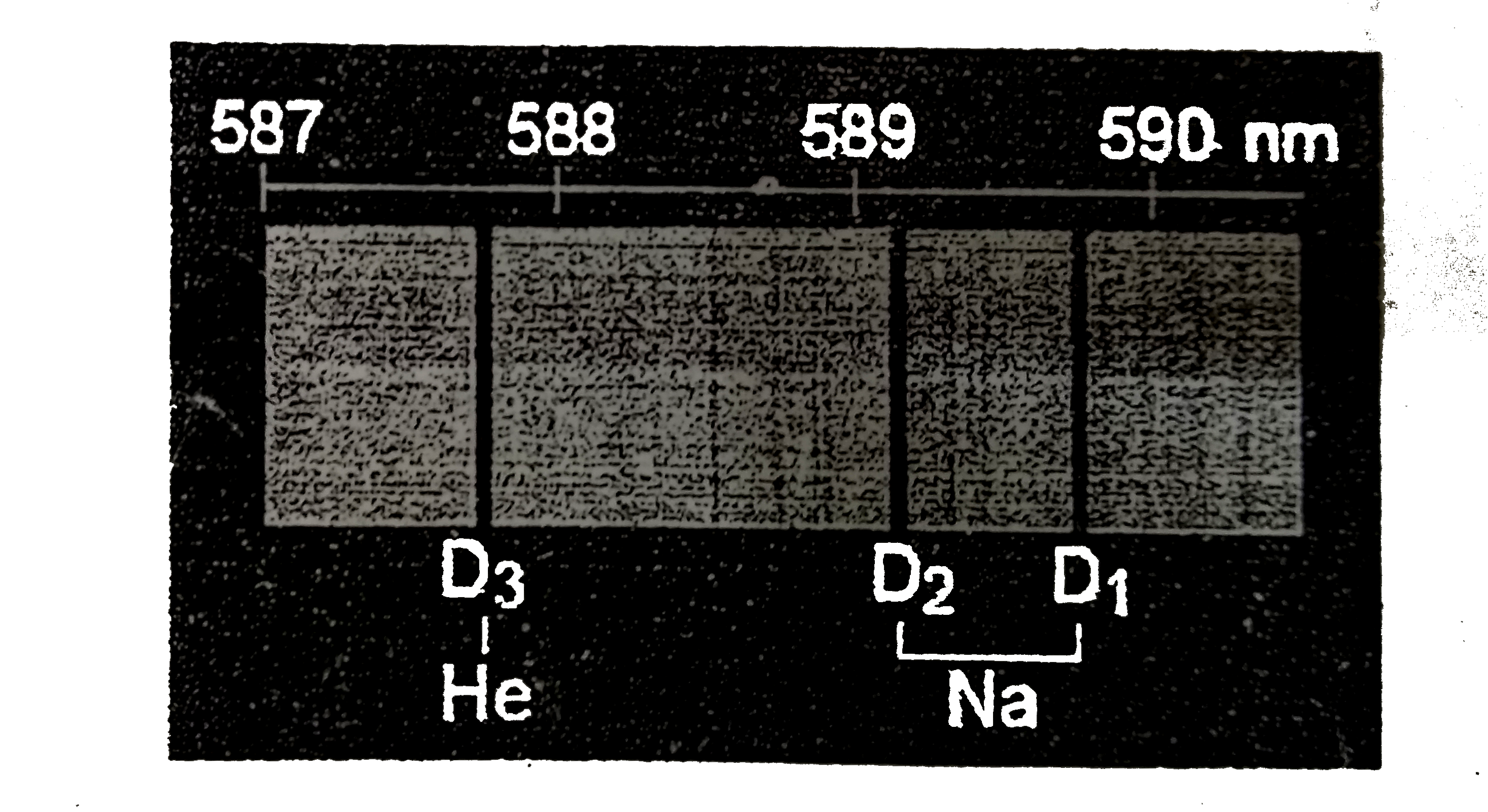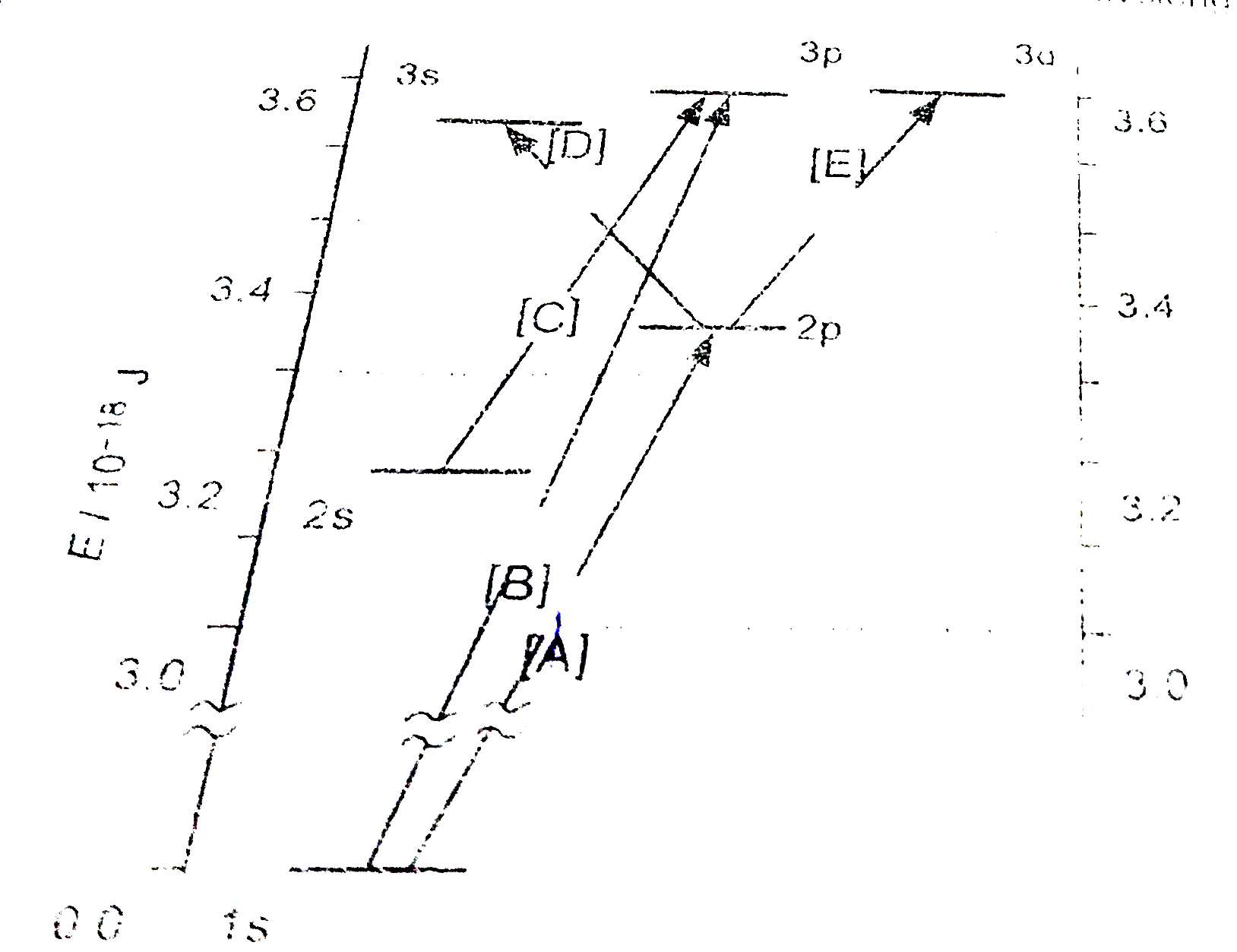Assume that impure copper contains only iron, silver and a gold as impurities. After passage of 140A, for 482.5 sec, of the mass of the anode decreased by 22.260g and the cathode increased in mass by 22.011g. Estimate the % iron and % copper originaly present.
The correct Answer is:98.88%, 0.88%
Step by step video, text & image solution for Assume that impure copper contains only iron, silver and a gold as impurities. After passage of 140A, for 482.5 sec, of the mass of the anode decreased by 22.260g and the cathode increased in mass by 22.011g. Estimate the % iron and % copper originaly present. by Chemistry experts to help you in doubts & scoring excellent marks in Class 12 exams.
Related Playlists
- BOOK - FIITJEECHAPTER - ELECTROCHEMISTRYEXERCISE - Assignment Problems (Objective) Level-150videos
ELECTROCHEMISTRY
- BOOK - FIITJEECHAPTER - ELECTROCHEMISTRYEXERCISE - Assignment Problems (Objective) Level-1 Reasoning Type Questions6videos
ELECTROCHEMISTRY
- BOOK - FIITJEECHAPTER - ELECTROCHEMISTRYEXERCISE - Assignment Problems (Subjective) Level-1 (Numerical Problems)8videos
ELECTROCHEMISTRY
- BOOK - FIITJEECHAPTER - CONCEPT OF ACIDS AND BASESEXERCISE - SINGLE INTEGER ANSWER TYPE QUESTIONS4videos
CONCEPT OF ACIDS AND BASES
- BOOK - FIITJEECHAPTER - ELECTROPHILIC AROMATIC SUBSTITUTIONEXERCISE - NUMERICAL BASED QUESTIONS INDICATED BY DIGITAL INTERGER1videos
ELECTROPHILIC AROMATIC SUBSTITUTION
Similar Practice Problems
- Question 1 - Select One
Impure copper containing Fe ,Au ,Ag as impurities is elecrolytically refined A current of 140 A for 482.25 s decreased the mass of the anode by 22.26 g and increased the mass of cathode by 22.011 g percentage of iron in impure copper is (Given molar mass of Fe =55.5 mol−1 molar mass of Cu =63.54 g mol−1)
A0.95B0.85C0.97D0.9 - Question 1 - Select One
In 1894, Lord Rayleigh reported that the mass of chemically prepared nitrogen was different from that of nitrogen extracted from the atmosphere, as shown in Tables 1 and 2. Latter, this difference was attributed to the presence of argon in atmospheric nitrogen. The masses of gases were mearsured by using a glass vessel with a known volume under atmospheric pressure (1.013×105Pa).
∣∣ ∣ ∣ ∣ ∣ ∣ ∣∣From nitric oxide2.3001gFrom nitrous oxide2.2990gFrom amonium nitrite purified at a red heat2.2987gFrom urea2.2985gFrom ammonium nitrite purified in the cold2.2987gMean2.2990g∣∣ ∣ ∣ ∣ ∣ ∣ ∣∣
∣∣ ∣ ∣ ∣∣O2was removed by hot copper(1892)2.3103gO2was removed by hot iron(1893)2.3100gO2wasremovedbyferroushydrate(1894)2.3102gMean2.3102g∣∣ ∣ ∣ ∣∣
Ramsay and cleve discovered helium in cleveite (a mineral consiting of uranium oxide and oxides of lead, thorium, and rare earths, an impure variety of uraninite) independently and virtually simultaneously in 1895. The gas extracted from the rock showed a unique spectroscopic line at around 588 nm (indicated by D3 in Figure 1), which was fist observed in the spectrum of solar prominence during a total eclipse in 1868, near the well-known D1 and D2 lines of sodium.

Which––––––– equation explains the occurrence of helium in cleveite among [A] to [D] below? Mark one.A.238U→.234Th+αBUhe2→U+2HeC.240U→.240Np+β−D.235U+n→.95Y+139l+2n - Question 1 - Select One
In 1894, Lord Rayleigh reported that the mass of chemically prepared nitrogen was different from that of nitrogen extracted from the atmosphere, as shown in Tables 1 and 2. Latter, this difference was attributed to the presence of argon in atmospheric nitrogen. The masses of gases were mearsured by using a glass vessel with a known volume under atmospheric pressure (1.013×105Pa).
∣∣ ∣ ∣ ∣ ∣ ∣ ∣∣From nitric oxide2.3001gFrom nitrous oxide2.2990gFrom amonium nitrite purified at a red heat2.2987gFrom urea2.2985gFrom ammonium nitrite purified in the cold2.2987gMean2.2990g∣∣ ∣ ∣ ∣ ∣ ∣ ∣∣
∣∣ ∣ ∣ ∣∣O2was removed by hot copper(1892)2.3103gO2was removed by hot iron(1893)2.3100gO2wasremovedbyferroushydrate(1894)2.3102gMean2.3102g∣∣ ∣ ∣ ∣∣
Ramsay and cleve discovered helium in cleveite (a mineral consiting of uranium oxide and oxides of lead, thorium, and rare earths, an impure variety of uraninite) independently and virtually simultaneously in 1895. The gas extracted from the rock showed a unique spectroscopic line at around 588 nm (indicated by D3 in Figure 1), which was fist observed in the spectrum of solar prominence during a total eclipse in 1868, near the well-known D1 and D2 lines of sodium.

Which––––––– equation explains the occurrence of argon in rocks among [A] to [D] below? Mark one.
One of the strongest evidences for the monoatomicity of argon and helium is the ratio of the heat capacity under constant pressure to that at constant volume, γ=Cp/Cv, which is exactly 5/3(1.67±0.01) for a monoatomic gas. The ratio was derived from the measurement of speed of sound vs by using the following equation, where f and the frequency and wavelength of the sound, and R, T, and M denote the molar gas constant, absolute temperature, and molar mass, respectively.
vs=fλ=√γRTM
For an unknown gas sample, the wavelength of the sound was measured to be =0.116m at a frequency of f=3520Hz(Hz=s−1) and temperature of 15.0∘C and under atmospheric pressure (1.013.105Pa). The density of the gas for these conditions was measured to be 0.850±0.005kgm−3.AArF2 Ar+F2BArXe→Ar+XeC^(40)K→^(40)Ar+ epsilon//beta^(+) (electron capture//position emission)D^(126)I→^(126)Ar+beta^(-)
Similar Questions
Assume that impure copper contains only iron, silver, and gold as impurities. After passage of 140 A, for 482.5 s, the mass of the anode decreased by 22.260 g and the cathode increased in mass by 22.011 g. Estimate the % iron and % copper originally present.
View SolutionAssume that impure copper contains only Fe,Au and Ag as impurities. After passage of 140 ampere for 482.5 sec, the mass of anode decreased by 22.260g and the cathode increased in mass by 22.011g. Calculate the percentage of iron and percentage of copper originally present.
View SolutionAssume that impure copper contains only iron, silver and a gold as impurities. After passage of 140A, for 482.5 sec, of the mass of the anode decreased by 22.260g and the cathode increased in mass by 22.011g. Estimate the % iron and % copper originaly present.
View SolutionImpure copper containing Fe, Au and Ag as impurities is electrolytically refined. A current of 140 A for 482.5 s decreased the mass of the anode by 22.26 g and increased the mass of the cathode by 22.011g. Calculate the percentage of iron in impure copper.
(Given molar mass of Fe=55.5g mol−1, molar mass of Cu=63.54 g mol−1).View SolutionA copper calorimeter has mass of 180 g and contains 450 g of water and 50 g of ice, all at 0∘C. Dry steam is passed into the calorimeter until a certain temperature (θ) is reached. The mass of the calorimeter and its contents at the end of the experiment increased by 25 g. Assume no heat loss to the surrounding and take specific heat capacities of water and copper to be 4200Jkg−1K−1 and 390Jkg−1K−1, respectively. Take specific latent heat of vaporization of water to be 3.36×105Jkg−1 and 2.26×106Jkg−1 respectively.
(a) Find the final temperature θ
(b) If steam enters into the system at a steady rate of 5g−1min, plot the variation of temperature of the system till final temperature θ is attained.View SolutionIn 1894, Lord Rayleigh reported that the mass of chemically prepared nitrogen was different from that of nitrogen extracted from the atmosphere, as shown in Tables 1 and 2. Latter, this difference was attributed to the presence of argon in atmospheric nitrogen. The masses of gases were mearsured by using a glass vessel with a known volume under atmospheric pressure (1.013×105Pa).
∣∣ ∣ ∣ ∣ ∣ ∣ ∣∣From nitric oxide2.3001gFrom nitrous oxide2.2990gFrom amonium nitrite purified at a red heat2.2987gFrom urea2.2985gFrom ammonium nitrite purified in the cold2.2987gMean2.2990g∣∣ ∣ ∣ ∣ ∣ ∣ ∣∣
∣∣ ∣ ∣ ∣∣O2was removed by hot copper(1892)2.3103gO2was removed by hot iron(1893)2.3100gO2wasremovedbyferroushydrate(1894)2.3102gMean2.3102g∣∣ ∣ ∣ ∣∣
Ramsay and cleve discovered helium in cleveite (a mineral consiting of uranium oxide and oxides of lead, thorium, and rare earths, an impure variety of uraninite) independently and virtually simultaneously in 1895. The gas extracted from the rock showed a unique spectroscopic line at around 588 nm (indicated by D3 in Figure 1), which was fist observed in the spectrum of solar prominence during a total eclipse in 1868, near the well-known D1 and D2 lines of sodium.

Identify––––––––– the transition relevant to the D3 line of helium among the transitions [A] to [E] indicated in Figure 2. Mark one of the following:
[A] [B] [C] [D] [E]View SolutionIn 1894, Lord Rayleigh reported that the mass of chemically prepared nitrogen was different from that of nitrogen extracted from the atmosphere, as shown in Tables 1 and 2. Latter, this difference was attributed to the presence of argon in atmospheric nitrogen. The masses of gases were mearsured by using a glass vessel with a known volume under atmospheric pressure (1.013×105Pa).
∣∣ ∣ ∣ ∣ ∣ ∣ ∣∣From nitric oxide2.3001gFrom nitrous oxide2.2990gFrom amonium nitrite purified at a red heat2.2987gFrom urea2.2985gFrom ammonium nitrite purified in the cold2.2987gMean2.2990g∣∣ ∣ ∣ ∣ ∣ ∣ ∣∣
∣∣ ∣ ∣ ∣∣O2was removed by hot copper(1892)2.3103gO2was removed by hot iron(1893)2.3100gO2wasremovedbyferroushydrate(1894)2.3102gMean2.3102g∣∣ ∣ ∣ ∣∣
Ramsay and cleve discovered helium in cleveite (a mineral consiting of uranium oxide and oxides of lead, thorium, and rare earths, an impure variety of uraninite) independently and virtually simultaneously in 1895. The gas extracted from the rock showed a unique spectroscopic line at around 588 nm (indicated by D3 in Figure 1), which was fist observed in the spectrum of solar prominence during a total eclipse in 1868, near the well-known D1 and D2 lines of sodium.

Calca––te––––––––– the energy E[J] of a photon with the wavelength of the D3 line of helium shown in Figure 1

Figure 2. Energy diagram of atomic orbitals of helium when an electron resides in the 1s orbital.
Figure 2 shows an energy diagram of the atomic orbitals of helium. The arrows indicate the ''allowed'' transitions according to the spectroscopic principle.View Solution

